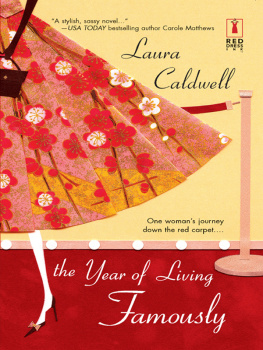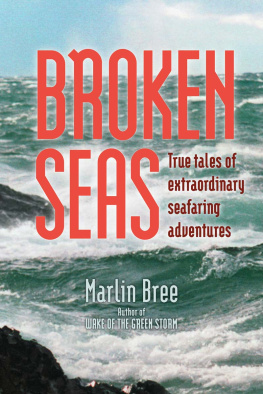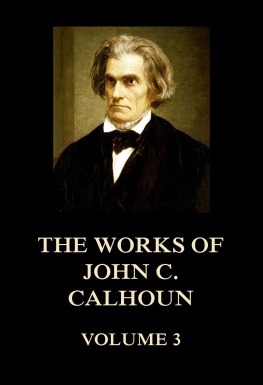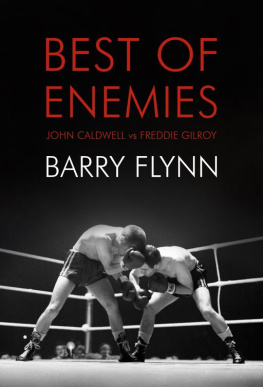Desperate
Voyage
Desperate
Voyage
JOHN CALDWELL

To Mary
Copyright John Caldwell 1949, 1977, 1991
This edition first published 1991 by
Sheridan House Inc.
145 Palisade Street
Dobbs Ferry, NY 10522
All rights reserved. No part of this publication
may be reproduced, stored in a retrieval system,
or transmitted, in any form or by any means, electronic,
mechanical, photocopying, recording or otherwise,
without the prior permission of the publisher.
ISBN 978-0-924486-20-3
Printed in the United States of America
CONTENTS
Diagrams of
Pagan



ABOUT THE AUTHOR
IT IS NOW nearly forty-five years since John Caldwell completed his Desperate Voyage. After he finally reached Sidney, Australia and joined his wife, Mary, they travelled by ship to America, where John graduated from the University of California, Santa Barbara. A yearning for the sea soon led them buy a 36-foot ketch, Tropic Seas, on which they set sail with their three-year-old son, Johnny, and headed back to Australia. A second son, Roger, was born in Tahiti, and then they sailed on to the Fiji Islands and a joyful reunion with the people of Tuvutha, where Pagan was wrecked seven years before.
After eighteen months of island hopping, Tropic Seas sailed into Sidney, where John and family moved ashore, and John donned suit and tie for an office job. But the sea still beckoned, along with a dream to find a hideaway tropic isle to settle down on. John and Mary spent two years of their spare time building the clipper-bowed ketch Outward Bound. They began with a year of cruising north through the Great Barrier Reef, then west to Darwin, Christmas Island and Cocos Keeling, to cross the Indian ocean where they survived a three-day hurricane near the Seychelles Islands, then up the Red Sea to Greece, Italy, France, Spain, Gibraltar, Canary Islands and across the Atlantic to the West Indies. For five years John and Mary worked chartering Outward Bound, from Antigua to Grenada in the Windward Islands, while Johnny and Roger were schooling in Antigua. This was wholesome fun: sailing among lush islands before soft tradewind seas, among startling coral reefs, endless white beaches and anchoring in smooth lagoons. As always, John had an eye out for a hideaway isle where the family could settle and live happily ever after.
Struck by the shortage of coconut palms on the beaches of the Grenadines Islands, John took coconut plants on the stern of Outward Bound and planted them on lonely beaches all along the chain of islands. In five years of chartering, he planted some 8,000 palms and he became known all over the islands as Johnny Coconut.
And then it happenedsailing past isolated Prune Island in the Southern Grenadines, Caldwell could visualize through the jungle growth, the swamps, the millions of mosquitos, the years of back breaking work ahead, a gem of an island, his dream island! With a promise of development, John managed to get a 99-year lease on the island, and set to work to fulfill his lifes dream.
Now, twenty-five years later, John can survey his South Sea paradise in the tradewinds: land cleared off, swamps filled, insects under control, a cottage-type resort (the Palm Island Beach Club) constructed and operating successfully as a family business.
Prune Island has been changed to Palm Island, graced by 2,000 coconut palms planted by John. The Caldwells have put together what is considered to be the most attractive island resort from Antigua to Grenada in the Windward Islandstruly a tropical paradise for those who love the sea, sand, sun and sailingand the adventure of visiting the living legend who survived his Desperate Voyage.
CHAPTER I Preparation
MY BOAT was in her trim, and rearing to be off on her long, ill-fated voyage. A voyage from Panama to Australia8500 miles of variable seas, reefs, and tropic islandsacross the equator, through the doldrums, and into the hurricane seas... singlehanded. A voyage of uncertainty, but what could I do? I had been pushed into it by a sequence of compelling events over which I had no control.
I had to go, or so I thought. And I had to do it on the little sailing cutter I had bought two weeks before at Balboa, Panama. In no other way could I get to my Australian bride whom I had married a year before in Sydney.
It was May, 1946; the war had just ended. Ships were scarce and on chaotic schedules. I was stranded. Marymy bridewas stranded also. She waited in Sydney, waited helplessly for the ship that never sailed: for that matter, for her, wasnt due to sail for another year. There just wasnt enough shipping; it was as simple as that.
I had tried everything to get a ship back to my bride, but everything had failed. I had been half around the world since marrying her, had been full across America, and finally wound up in Panama, and still no ship, so I bought the small boat.
When I first saw my boat, Pagan, she was nuzzling to a buoy at the Balboa Yacht Club, in the Canal Zone. In a word, she was trimthat is, she was built to sail. From forward of the stemhead to abaft the stempost, she tallied a hair short of twenty-six feet on the water line, and twenty-nine feet on her decks. She ran ten feet at her widest beam, and three feet ten inches at her deepest draft. She lay afloat with a yeomanly air: bow up like a snob, her forty-foot stick raking back and up. She was like a canoe, lying low to the water as she did, stirring sensitively to every change on the surface.
Her cabin, about eight feet long, situated between the mast and cockpit, stood eighteen inches above the rail; other than that her decks showed nothing but her standing and running rigging. For her twenty-nine feet she was clean and spacious.
She had an offset bowsprit which ran seven feet out from the foredeck. This balanced her against her lofty mast, and gave proportion to her long boom that stuck past the stern. She was Marconi rigged, and double ended for ease in a seaway.
Pagan, in her lines and carriage, had the look and air of a sailor that not even a landlubber could fail to interpret.
Though I knew little of yachtsI had only visited aboard one small sailboat in my lifeI liked her. I was willing to risk the voyage to Australia with her.
She had been under my hand for two weeks. She was stowed with the necessaries for a long sea cruise, her rigging was in order, there was no reason not to be gone. I, too, after my long month of inaction around Panama, was eager to cast off, and give her her head abroad on the sea. The sooner I sailed, I figured, the sooner would I be with Mary.
I knew little of the intricacies of maneuvering a boat under sail. But somewhere was the ultimate of faith that all would come right in its time. The important thing was to be off on the long tripto be out on the sea, with the sails filling, the prow seeking the southwest, and water hurrying under the keel, bubbling in the wake.
Such a trip would never have concerned me but that I longed to see my bride again. However, I must admit, as sailing time neared I was gripped more and more with a fever for what was ahead. The adventure of it drew me on like a magnet. In three years of sailing on heavy freighters and oilers in the Merchant Marine, I had never been so taken with the romance of a sea voyage. Suddenly I was rapt in the prospect: my own boat to command at my own will on the southern seas.
Next page












![Chloe Caldwell [Chloe Caldwell] - Women](/uploads/posts/book/114454/thumbs/chloe-caldwell-chloe-caldwell-women.jpg)





